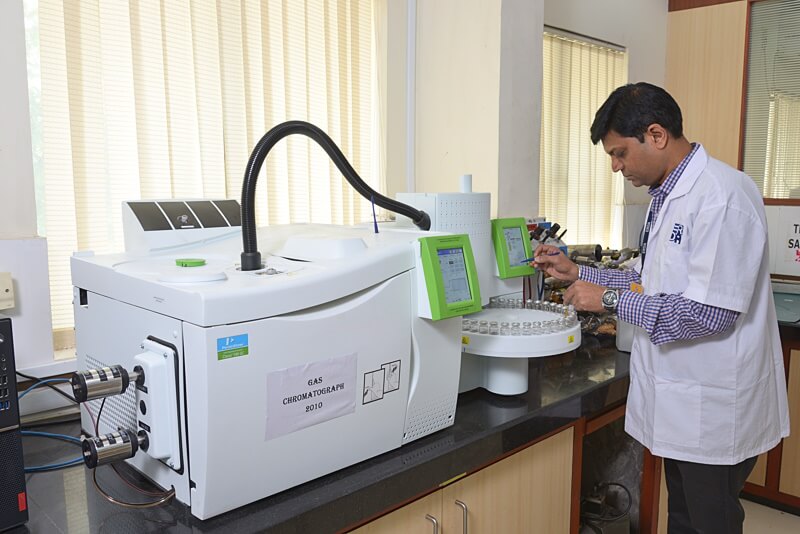Why Dielectric Transformer Oil Matters: Key Attributes and Maintenance Tips
The value of dielectric transformer oil extends beyond simple capability, playing a pivotal role in both the insulation and cooling of electric transformers. The upkeep of these oils is just as crucial to avoid problems that might endanger transformer efficiency.
Importance of Dielectric Transformer Oil
Dielectric transformer oil plays an essential function in the effective procedure of electric transformers, as it is continually used as both a coolant and an insulator. Its insulating homes stop electrical discharges and arcing, which are vital to keeping the honesty of transformer parts. By successfully separating conductive components, dielectric oil improves the security and dependability of the transformer, thus expanding its functional life-span.
Along with its shielding capacities, dielectric transformer oil acts as a coolant, taking in and dissipating heat generated throughout the electric improvement procedure. This thermal administration is important to avoid overheating, which can lead to tools failing and expensive downtime. The oil circulates within the transformer, successfully moving warm away from critical locations, therefore guaranteeing optimal efficiency.
Trick Characteristics of Dielectric Oil
The performance of dielectric transformer oil is largely figured out by its key attributes, that include high dielectric stamina, thermal conductivity, and chemical security. High dielectric strength is critical as it allows the oil to endure substantial voltage levels without damaging down, thus protecting against electrical arcing and making sure safe operation of the transformer. This characteristic is essential for keeping the reliability of electric systems.
Thermal conductivity is an additional vital attribute of dielectric oil. It facilitates efficient warm dissipation from transformer parts, minimizing the risk of overheating and extending the life-span of the equipment (transformer oil recovery). Reliable thermal monitoring is crucial in preserving ideal operating temperature levels, which straight affects efficiency
Chemical security is just as vital, as it ensures that the oil does not deteriorate or react negatively with materials within the transformer in time. This stability assists preserve the oil's protecting residential properties and protects against the development of unsafe sludge or down payments that can harm performance.
Furthermore, low viscosity at operating temperatures allows for better blood circulation within the transformer, boosting both cooling down and insulation. Together, these key characteristics ensure that dielectric transformer oil executes properly, sustaining the general efficiency and reliability of electric systems.
Advantages of Using Dielectric Oil

Furthermore, dielectric oil works as an efficient coolant, dissipating warmth created throughout transformer procedure. This temperature level regulation is important for avoiding overheating, which can result in devices failure or minimized life expectancy. The oil's thermal buildings add to optimum functional problems, allowing transformers to work at their finest.
Another significant advantage is the oil's chemical stability and resistance to Continue oxidation. These properties reduce the development of sludge and various other deterioration by-products, thus reducing maintenance demands and expanding the periods between oil changes. Furthermore, dielectric oil gives superb wetness absorption abilities, which protect the transformer from the detrimental results of water access.
Upkeep Finest Practices

In addition, keeping the transformer's temperature level within defined limitations is important. Elevated temperatures can accelerate oil degradation, detrimentally influencing its dielectric buildings. Applying a temperature level tracking system can aid in preserving optimum problems.
Additionally, guaranteeing proper air flow and air conditioning of the transformer system reduces the risk of getting too hot. It is likewise essential to keep the transformer cost-free from particles and contaminants that may endanger its performance.
Carrying out periodic aesthetic evaluations for leakages, rust, or indicators of wear on gaskets and seals is one more best method. Any irregularities should be attended to promptly to protect against oil contamination and preserve system honesty.
Lastly, developing a maintenance routine that consists of oil replacement or therapy can boost the lifespan of dielectric oil, guaranteeing it remains to carry out properly. By adopting these upkeep ideal practices, drivers can maximize transformer performance and lessen unintended downtime.
Common Problems and Solutions
Transformers making use of dielectric visit the site oil can encounter a number of usual issues that may affect their efficiency and reliability. One popular problem is the destruction of the oil due to thermal tension, which can cause lowered dielectric strength and enhanced danger of arcing. Routine surveillance of the oil's temperature level and implementing cooling services can alleviate this issue.
An additional problem is moisture access, which can compromise the insulating homes of the oil. This can be attended to via normal screening for water web content and using desiccants or vacuum cleaner dehydration procedures to get rid of moisture.
Additionally, the formation of sludge due to oxidation can obstruct normal procedure. This can be resolved by periodic oil purification and substitute when essential, making certain optimum liquid tidiness.

Conclusion
In conclusion, dielectric transformer oil plays an important function in guaranteeing the effective operation and security of electrical transformers. The importance of dielectric transformer oil can not be overstated in the realm of electrical infrastructure integrity.
The significance of dielectric transformer oil expands past plain performance, playing an essential function in both the insulation and cooling of electrical transformers.Dielectric transformer oil plays an essential duty in the effective operation of electric transformers, as it is continually used as both a coolant and an insulator. Generally, the significance of dielectric transformer oil can not be overstated, as it is fundamental to the secure, effective, and long-lasting operation of electric transformers.
The efficiency of dielectric transformer oil is mostly identified by its key features, which consist of high dielectric strength, thermal conductivity, and chemical security.In final thought, dielectric pop over to this site transformer oil plays an important role in making certain the effective operation and safety and security of electrical transformers.
Comments on “Waste Transformer Oil Administration Solutions for Environmental Conformity”